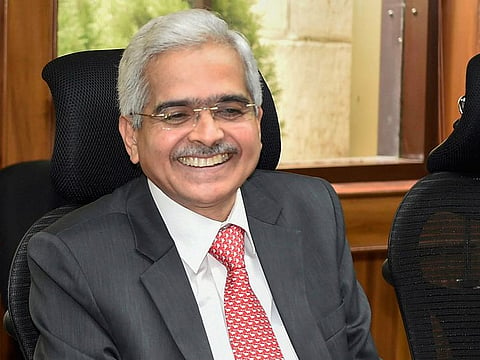Bad-debt ratios fall to decade low at Indian banks: RBI
Macro stress tests for credit risk revealed that local lenders were well-capitalised

Soured-debt ratios at Indian banks narrowed to the lowest in 10 years as the nation’s financial system remained resilient despite global headwinds, according to the Reserve Bank of India.
The bad-loan ratio was at 3.9 per cent of the total loans at the end of March 2023 compared to 5.9 per cent in the previous year, according to the Financial Stability Report published by RBI on Wednesday. The central bank expects the ratio to fall further to 3.6 per cent by March 2024.
In contrast to the global financial system, “the financial sector in India has been stable and resilient, as reflected in sustained growth in bank credit, low levels of non-performing assets and adequate capital and liquidity buffers”, RBI Governor Shaktikanta Das wrote in the report.
Macro stress tests for credit risk reveal that local lenders were well-capitalised and would be able to comply with the minimum capital requirements even under adverse stress scenarios, RBI said in the report.
Credit growth at Indian Banks, which hit a decade high of 17.4 per cent as of December 16, moderated to 15.4 per cent, the central bank said in the half-yearly report. Meanwhile, deposit growth picked up pace to reach 11.8 per cent as of June 2.
Regulated entities and regulators had to stay the course to ensure the financial system remained stable, according to the report. “It has to be remembered that seeds of vulnerability often get sown during good times when risks tend to get overlooked,” Das wrote.
Sign up for the Daily Briefing
Get the latest news and updates straight to your inbox



